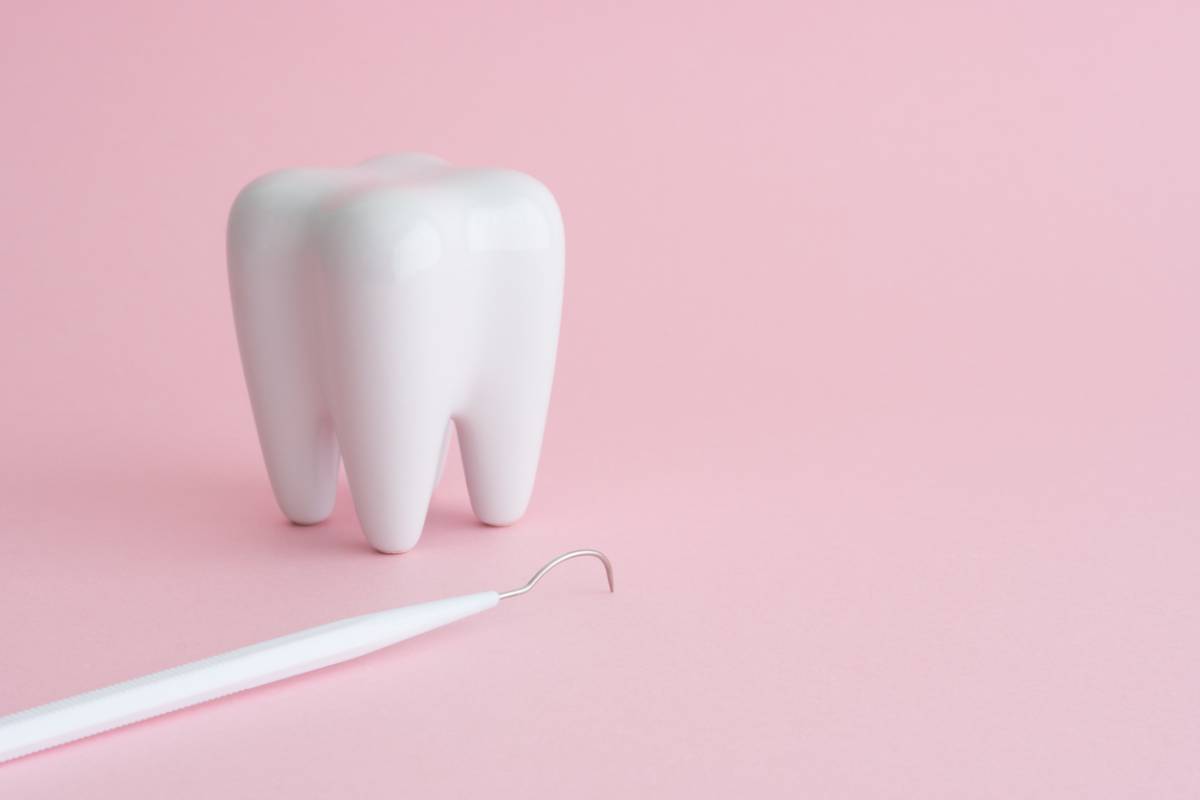There are two primary types of dental extraction: simple extraction and surgical extraction. The former is used to remove teeth that are more easily accessible, while the latter is more complex. It usually involves making an incision into the connective tissues of the mouth in order to remove the problematic tooth. Below, we look at what are the main types of dental extractions.
What Are the Main Types of Dental Extractions?
If you think you might be due for some type of dental extraction, take a look at this overview that describes the differences between these procedures. They may help you decide the right course of action should you be faced with a choice regarding tooth extraction.
Simple Dental Extractions
A simple dental extraction involves the removal of teeth that are easily accessible in the mouth. Most dentists carry out these procedures. Oftentimes, a local anesthetic is applied to numb the area and reduce the pain experienced throughout the experience.
Various dental instruments are used to elevate the affected tooth and grab the visible portion – examples include instruments such as an elevator and dental forceps. The former is used to loosen the target tooth, while the latter is used to grasp the tooth for extraction.
The tooth can then be moved until it becomes loose enough to remove. This involves applying a steady amount of force onto the tooth with dental forceps. In most cases, this is done relatively painlessly, and the recovery process should be similar.
Surgical Dental Extractions
This type of dental extraction involves removing teeth that are slightly less accessible in the mouth. Some of the reasons these teeth may be less accessible are because they haven’t erupted through the gums or because they have been fractured under the gum line.
In this type of extraction, it becomes necessary to make an incision into the connective tissue surrounding the problem tooth to gain access to it for extraction. Sometimes, this involves elevating the soft tissues that cover the tooth. At other times, a drill or osteotome is used to remove some of the surrounding jawbone during the extraction procedure.
It’s not entirely uncommon for a tooth to need to be fragmented into several pieces to allow it to be fully removed. Due to the more complex nature of this procedure, it is typically carried out under general anesthetic in a dental hospital setting.
Which One Is Right for Me?
Both types of dental extraction can reduce the risk of complications from infection, pain, and inflammation. However, there are a set of complications that are possible with these procedures as well:
- Delayed healing can occur with certain medications that are prescribed for your recovery period. Sometimes, these situations will involve temporary cessation of taking these medications.
- Dry socket may occur when caused by premature loss of blood that occurs following extraction.
- Movement of the teeth remaining in the mouth can lead to a misalignment of teeth and an altered bite, which may damage other healthy teeth.
- Osteoradionecrosis may occur in patients who have a history of radiation treatment in the area of the head and neck.
- Possible loss of the vertical dimension of occlusion, which can ultimately lead to changes in the muscle contractions that are needed to chew.
At the end of the day, a simple tooth extraction is preferred. This is due to the fact that they are easier to execute and are associated with fewer adverse health effects than surgical tooth extractions. However, in many cases, there isn’t much of a choice between these two procedures. Many extractions are complex to the point that a surgical extraction is the only feasible option. The above health issues may be avoided more readily in a simple extraction as well.
Setting Up an Appointment
You’ll be able to set up an appointment with your dentist prior to receiving any treatment. During this appointment, you can discuss the exact nature of your dental issues. This can help your dentist determine which type of extraction should be utilized in your particular situation.
Articulating your issue to the most accurate degree can ensure that a safe and accurate procedure is to follow. This can also make sure that complications following your extraction are kept to a minimum, which can save one the trouble of having to deal with such issues down the line.
The Best Dentist in Yucaipa
Shodhan Dentistry of Yucaipa is one of the top destinations in Southern California for tooth extractions of all kinds. If you’re interested in speaking with a dental professional regarding receiving an extraction, contact our dental office today to make an appointment.

